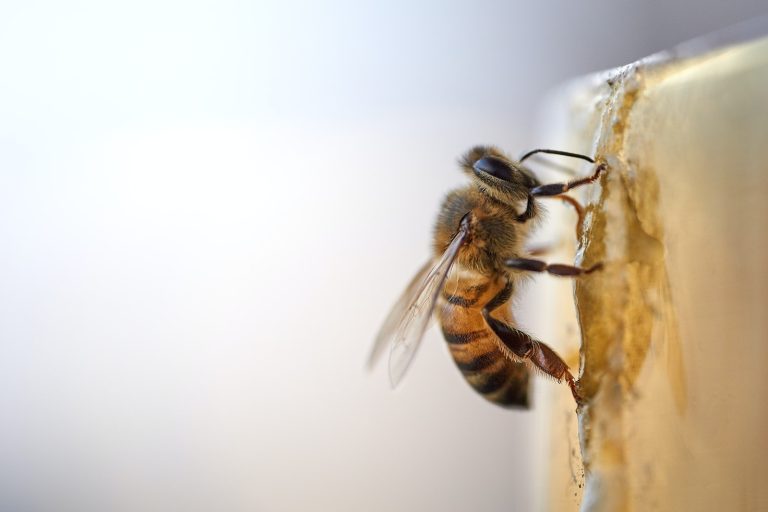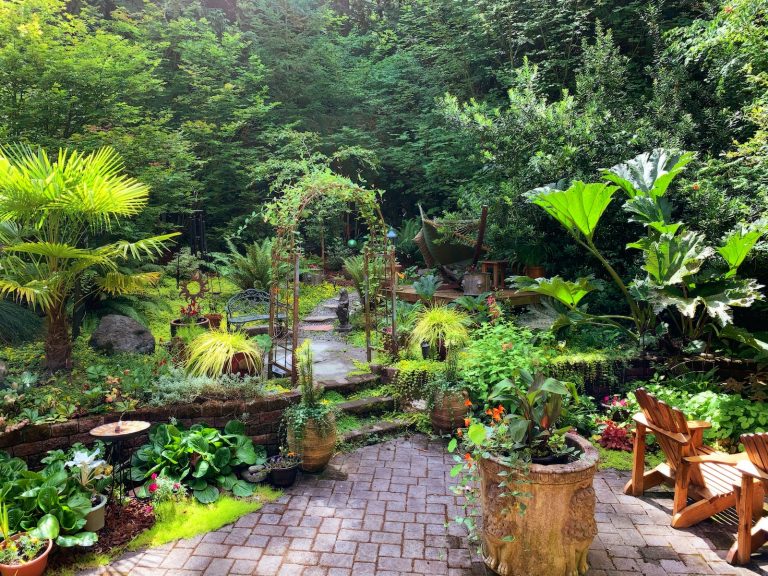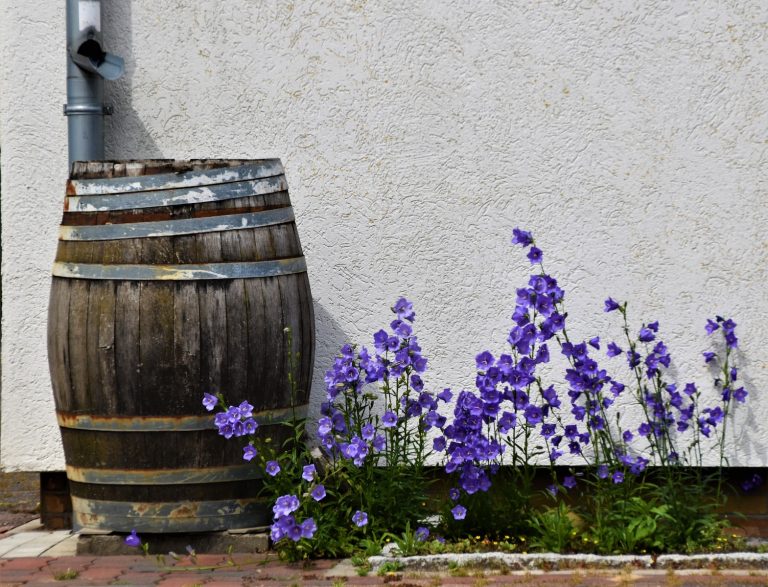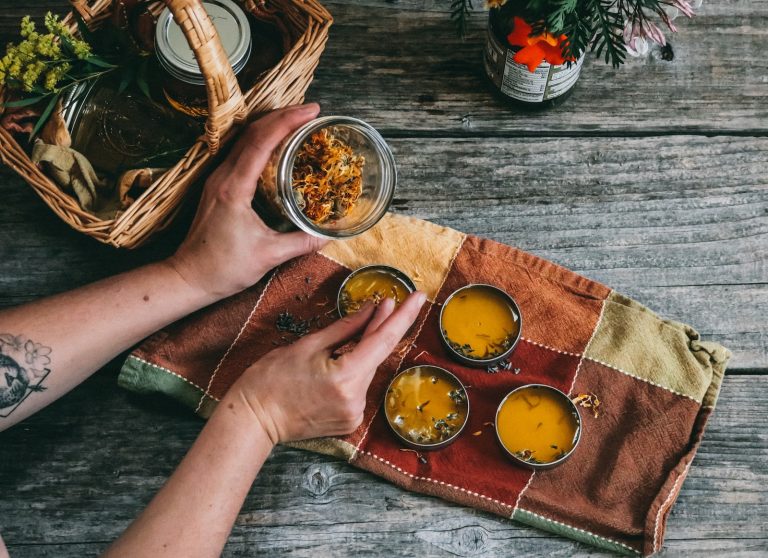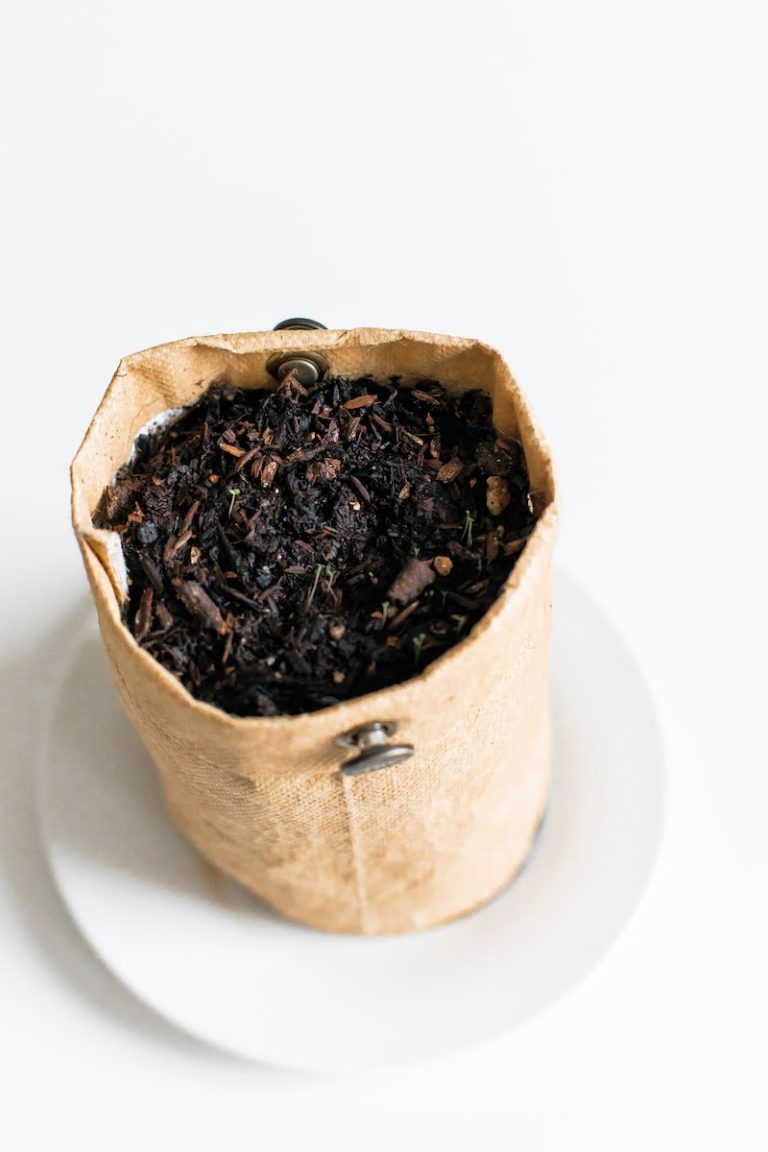How to Build a Garden Pond in Your Backyard
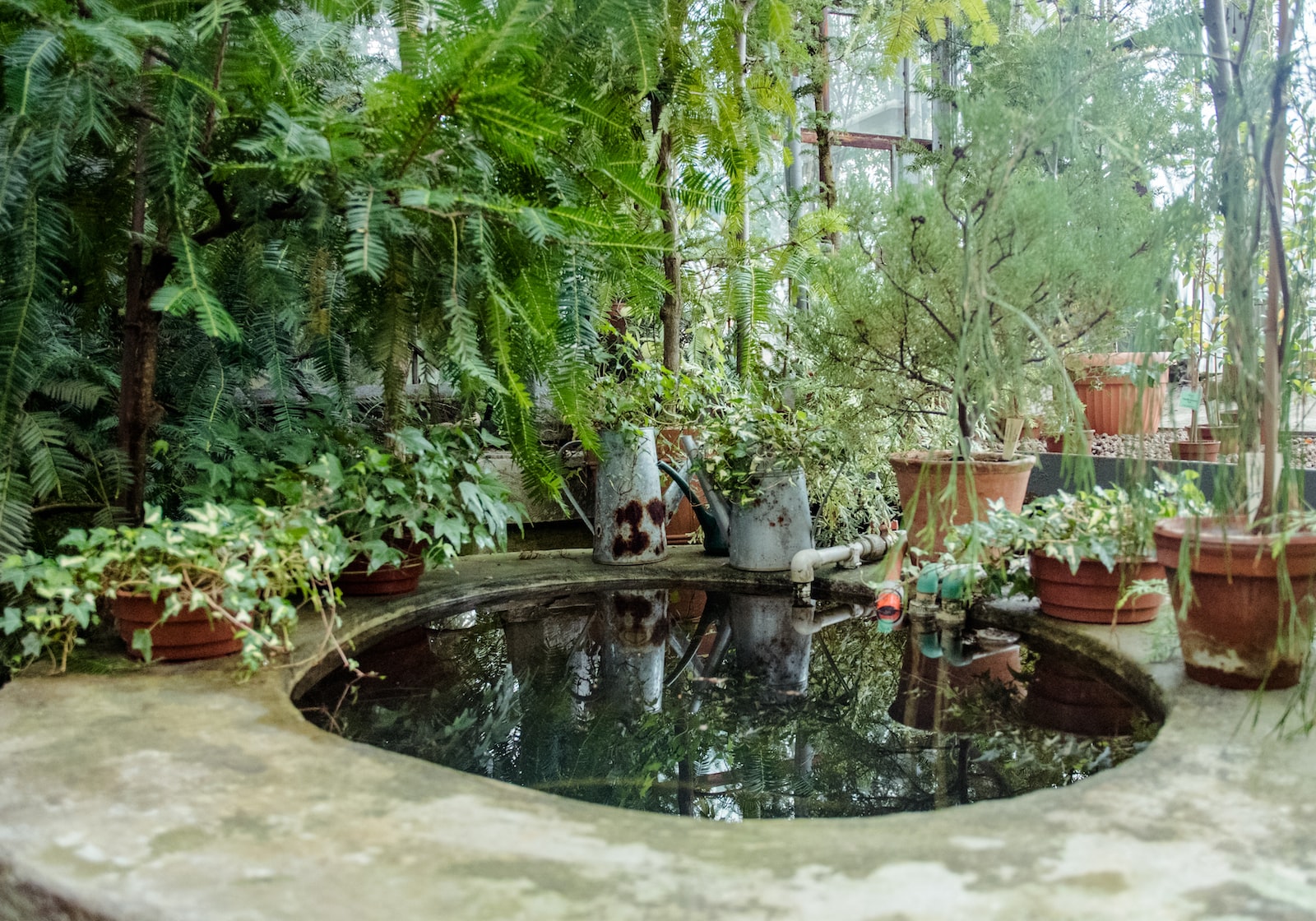
Are you looking for a way to spruce up your backyard and create a tranquil oasis for relaxation? Why not consider building your own garden pond! Not only will it add visual appeal to your outdoor space, but it’s also a great opportunity to create a sustainable ecosystem in your own backyard. Whether you have experience with landscaping or are starting from scratch, this guide will give you all the tips and tricks you need to build an enchanting garden pond that impresses everyone who sees it. So grab some gloves and let’s dive into the world of backyard ponds!
Overview
A pond can add beauty and interest to your backyard, and it can be a great place to relax and enjoy nature. If you’re thinking about adding a pond to your yard, there are a few things you need to know before you get started.
First, you’ll need to decide on the size and shape of your pond. Make sure you take into account the space you have available in your yard and the amount of maintenance you’re willing to do. Once you’ve decided on the size and shape of your pond, you’ll need to choose a location for it. Choose a spot that gets plenty of sunlight and is away from any trees or shrubs that might drop leaves or debris into the pond.
Now that you’ve chosen a location, it’s time to start digging! The depth of your pond will determine how much water it can hold, so make sure you dig accordingly. Once your hole is dug, line it with heavy-duty plastic liner to prevent leaks. You can find liner at most home improvement stores.
Now it’s time to fill your pond with water! If you live in an area with hard water, consider using distilled water or rainwater to fill your pond. Once your pond is full, add some plants and fish and enjoy!
Why to Build a Backyard Pond?
There are many reasons why you might want to build a backyard pond. Maybe you’re an avid gardener and you want to attract more wildlife to your yard. Maybe you’re looking for a water feature to add interest and value to your home. Or maybe you just love the sound of running water and the peace and tranquility it can bring.
Whatever your reason, building a backyard pond is a great way to improve your outdoor space. Here are just a few benefits of having a pond in your backyard:
- A pond can attract wildlife like birds, butterflies, and frogs.
- Ponds provide a relaxing and tranquil environment where you can enjoy the sounds of nature.
- Ponds can increase the value of your home.
- Ponds can be used for irrigation or watering plants.
- Ponds can be fun for kids (and adults!) to swim in or catch fish in.
Planning Your Garden Pond
Building a garden pond is a great way to add beauty and interest to your backyard. A pond can also provide a home for fish, amphibians, and other aquatic creatures. If you are thinking about adding a pond to your yard, there are a few things you need to consider before getting started.
The first thing you need to do is decide where you want to put your pond. It is important to choose a spot that gets plenty of sunlight. This will help ensure that the plants in your pond will thrive. You also need to make sure that the area you choose is large enough to accommodate the size of pond you want.
Once you have decided on the location for your pond, it is time to start planning the design. There are many different ways to build a garden pond. You can find plans online or in magazines. You can also hire a professional Pond builder to do the work for you.
If you are planning on doing the work yourself, it is important to have a clear idea of what you want your pond to look like before you start digging. Once you have an idea of the overall design, you can start planning where to put each element of the pond. This includes deciding on the placement of rocks, plant life, and any other features you want to include.
When you have everything planned out, it is time to start digging! The size of your hole will depend on the size of your garden pond liner. It is important to make sure that you dig the hole deeper than the pond liner so that it fills up with water without overflowing.
Once the hole is dug, you can lay down your pond liner, making sure that it covers all sides of the hole. You can then start filling it with rocks, soil, and aquatic plants to create your ideal garden pond. After everything is installed, you are ready to add fish or other aquatic creatures! With a little planning and effort, you’ll soon have an amazing addition to your backyard.
Supplies You Will Need
- A shovel
- Pond liner
- Pond pump
- Rocks or gravel
- Plants
Building Steps of the Pond
Assuming you have already excavated your pond area and prepped the liner, it’s time to start building! Here are the steps for constructing a garden pond:
- Install the Underlayment: Before placing the liner in the hole, it’s important to install an underlayment. This will protect the liner from sharp rocks or other objects that could puncture it. Use a heavy-duty tarp or synthetic fabric designed specifically for ponds.
- Place the Liner: Carefully lower the liner into the hole, making sure it’s positioned evenly. If you need to make any adjustments, now is the time. Once you’re happy with its placement, begin filling the pond with water. Be patient – it will take a few hours for the liner to expand fully and settle into place.
- Finish Filling and Trimming: Continue filling the pond until it reaches its desired level (remembering that water will evaporate over time, so you don’t want to fill it all the way to the top). Once it’s full, use scissors or a knife to trim away any excess liner material.
- Install Pond Accessories (optional): Now is the time to install any ledge rocks, waterfall features, or other accessories you might want in your pond. Just be sure that anything you place in or around the pond is safe for aquatic life.
- Plant Your Pond: Once all the accessories are in place, arrange your plants however you like (remembering to keep both shade and oxygen producing species!). Aquatic plants are essential for living creatures and help maintain a healthy pond habitat.
- Stock with Fish (optional): If desired, you can now add fish or other aquatic animals to the pond. Be sure that it is fully cycled before adding new occupants! It is best to start stocking your pond with hardy fish such as Goldfish or Koi in order to cycle out any toxins from setup.
- Maintain Your Pond Regularly: Maintaining a garden pond doesn’t have to be complicated but it does take some dedication – regular cleaning, water testing, and monitoring of pH levels will be necessary to keep your pond healthy!
Finishing Touches on the Pond
The finishing touches on your garden pond will really make it stand out and give it that extra bit of wow factor. Here are a few things you can do to make your pond really stand out:
- Add some plants and flowers around the edge of the pond. This will not only make it look more attractive, but will also help to oxygenate the water and keep the pond healthy.
- Install a waterfall or fountain. This will not only look great but will also help to aerate the water and keep it moving so that it doesn’t become stagnant.
- Use some rocks or pebbles to create a natural looking border around the edge of the pond. This will not only look good, but will also help to prevent erosion and keep the water in place.
- Finally, add some fish! Koi fish are particularly popular in garden ponds, but there are many other varieties that would do well too. Fish will help to keep the pond clean and healthy, and they’ll also add another layer of interest and beauty to your backyard oasis.
Plants and Fish for Your Pond
A garden pond can bring beauty and tranquility to your backyard, and it can be a great place to relax and watch the wildlife. But before you can enjoy your pond, you need to choose the right plants and fish for it.
There are many different types of plants that can thrive in a garden pond, from aquatic plants to marginal plants. Aquatic plants are those that grow entirely underwater, while marginal plants are those that grow partially submerged. Marginal plants are a good choice for ponds because they help to oxygenate the water and provide habitat for fish and other wildlife.
When choosing aquatic plants for your pond, be sure to select those that are appropriate for the size and depth of your pond. You’ll also want to consider the amount of sunlight that your pond receives, as some aquatic plants require more light than others.
As for fish, there are many different types that can do well in a garden pond. Koi fish are a popular choice because they are very colorful and peaceful. Goldfish are another good option, and they are less expensive than koi fish. If you live in an area with cold winters, you’ll need to choose fish that can tolerate the cold weather, such as trout or bass.
No matter what type of plants and fish you choose for your garden pond, be sure to take care of them properly. Regularly check the water quality and pH levels, and provide adequate filtration to keep the water clean. With the right care and maintenance, your pond can be a beautiful addition to your yard for years to come.
Maintenance Tips for Pond Owners
If you’re lucky enough to have a pond in your backyard, you know how relaxing and enjoyable it can be to sit beside the water and watch the fish swim. But what you may not realize is that a pond requires some upkeep to keep it looking its best. Here are a few maintenance tips for pond owners:
- Keep the water clean – This is probably the most important thing you can do for your pond. Fish produce waste that can dirty the water and make it unsafe for them to live in. To keep the water clean, you’ll need to do regular partial water changes and vacuum the bottom of the pond with an aquarium gravel vac.
- Maintain proper pH levels – The pH of your pond’s water should be between 7.0 and 8.5. You can test the pH levels with a simple test kit from your local pet store. If the levels are too low or too high, you can adjust them by adding chemicals to the water (be sure to follow the manufacturer’s directions).
- Don’t over-stock your pond – It’s important not to overcrowd your pond with fish. A good rule of thumb is one gallon of water for every inch of fish (excluding catfish). Too many fish will produce too much waste and can dirty the water quickly.
- Keep an eye on algae growth – Algae is inevitable in any body of water, but too much algae can make your pond look unsightly and can even be harmful to fish. To keep algae growth in check, you might want to consider adding some floating plants to the pond which will absorb excess nutrients and shade the water.
- Regularly check for pests – Mosquitoes and other insects are attracted to ponds, so it’s important to regularly check for them. You can use a product like Bacillus thuringiensis (Bt) or citronella oil to kill any larvae that may be present in the water.
Conclusion
Building a garden pond in your backyard is not an easy task, but with careful planning and research it can be one of the best investments you ever make. With a little bit of time and effort, you can create a beautiful oasis that will bring life to your garden for years to come.
Not only is this project rewarding, but it’s also relatively inexpensive compared to other home improvement projects.If done correctly and following the proper steps, you’ll be sure to have all the ingredients for a peaceful and calming haven. You may even find yourself spending more time outdoors enjoying its beauty!

Emma is a talented writer and enthusiastic gardener who shares her passion for plants and gardening on HomeGardenBlog.com. With years of experience in home gardening, Emma has become an expert in everything from planting and harvesting to pest control and soil management.


